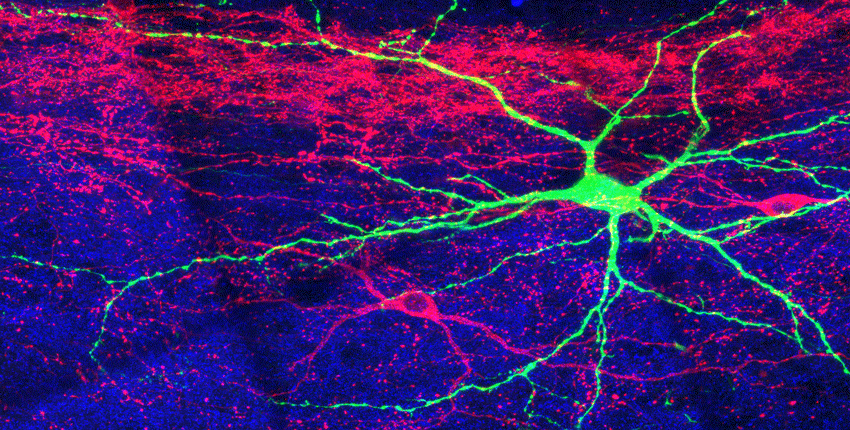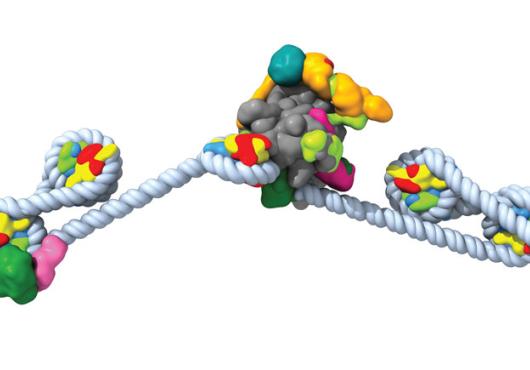
The sense of touch is essential to almost everything we do, from routine tasks at home to navigating unfamiliar terrains that may conceal dangers. Scientists have long been interested in understanding exactly how the touch information we obtain with our hands and other parts of the body makes its way to the brain to create the sensations we feel.
Yet, key aspects of touch — including how the spinal cord and brainstem are involved in receiving, processing, and transmitting signals — have remained poorly understood.
Now, a pair of papers by scientists at Harvard Medical School reveal critical new insights into how the spinal cord and brainstem contribute to the sense of touch.
Specifically, the research shows that the spinal cord and the brainstem, previously thought to be mere relay centers for touch information, are actively involved in processing touch signals as they travel to higher-order brain regions.
One study, published Nov. 4 in Cell, shows that specialized neurons in the spinal cord form a complex network that processes light touch — think the brush of a hand or a peck on the cheek — and sends this information to the brainstem.
In another study, published Nov. 23 in Nature, researchers established that direct and indirect touch pathways work together, converging in the brainstem to shape how touch is processed.
“These studies focus the spotlight on the spinal cord and the brainstem as sites where touch information is integrated and processed to convey different types of touch. We hadn’t fully appreciated before how these areas contribute to the brain’s representation of vibration, pressure, and other features of tactile stimuli,” said David Ginty, the Edward R. and Anne G. Lefler Professor of Neurobiology in the Blavatnik Institute at HMS and the senior author on both papers.
Although the studies were conducted in mice, mechanisms for touch are largely conserved across species, including humans, which means the basics of touch processing could be useful for scientists studying human conditions such as neuropathic pain characterized by touch dysfunction.
Science & Medicine, Delivered
Harvard Medicine magazine in your inbox









